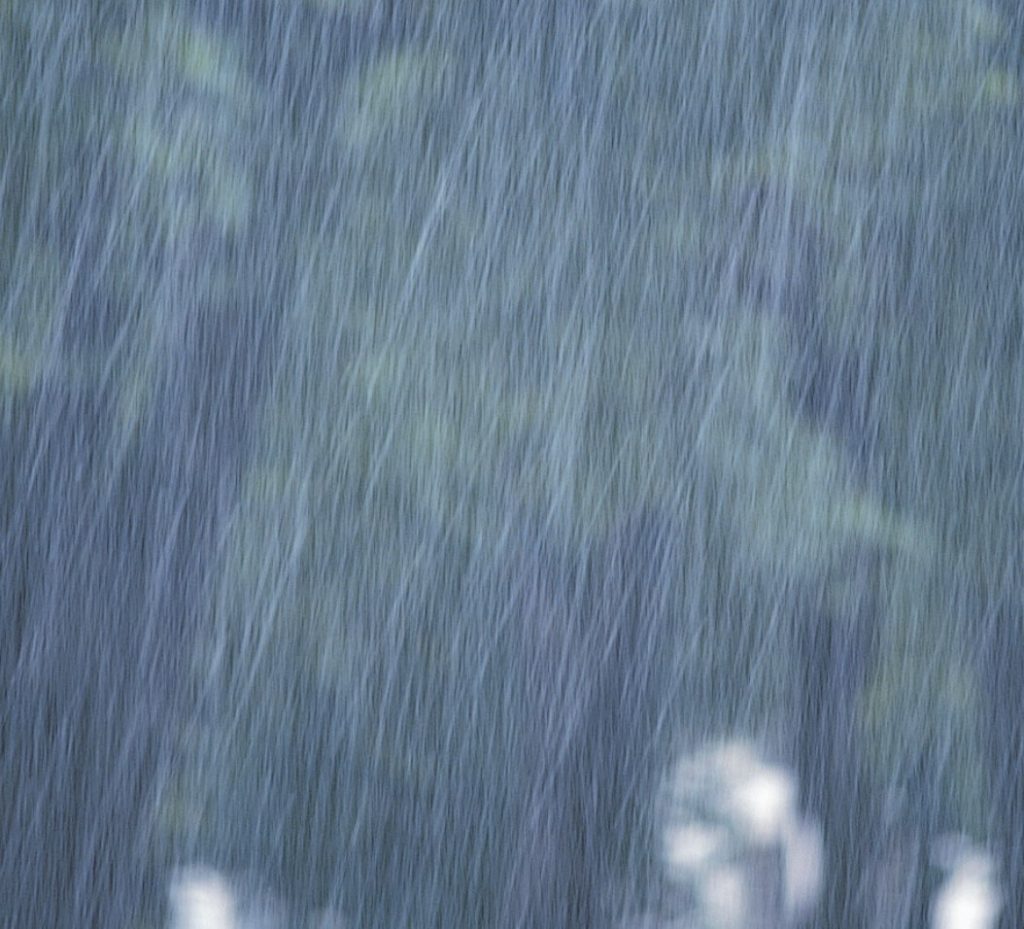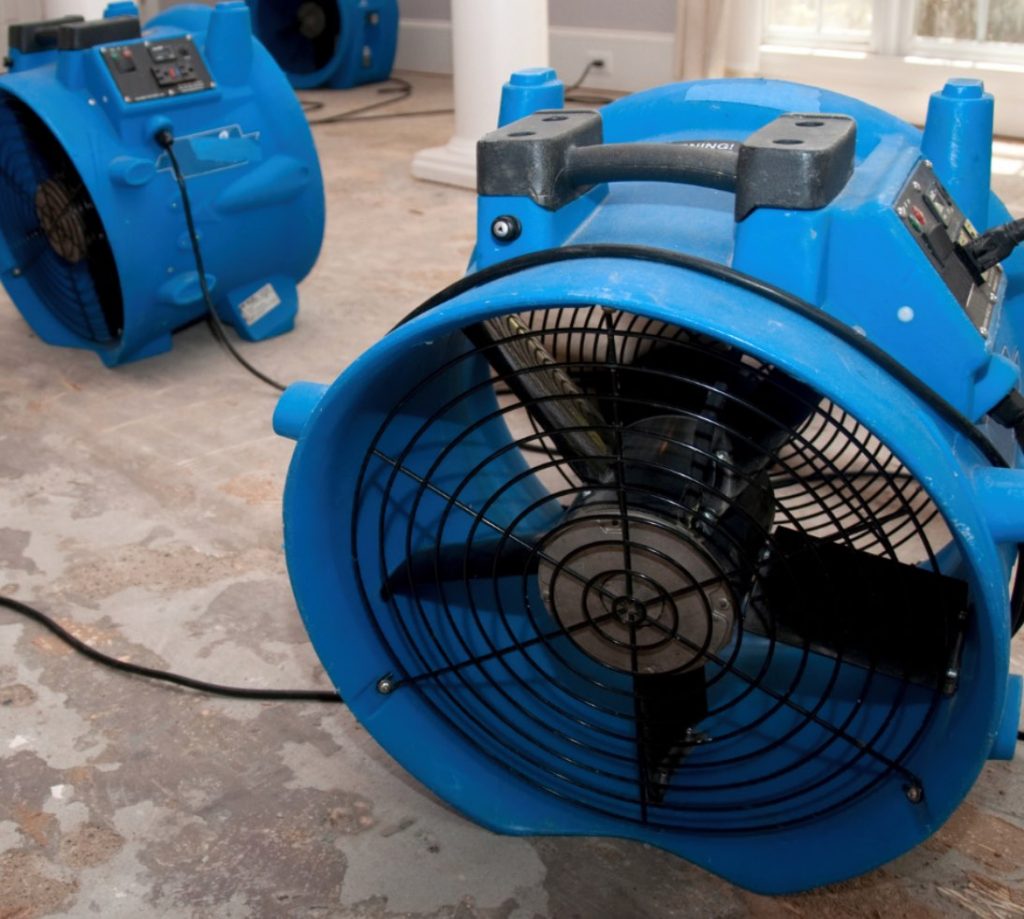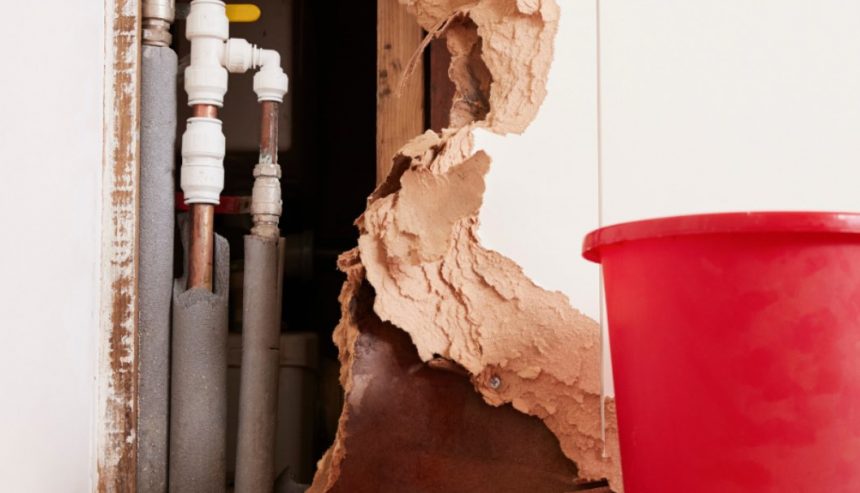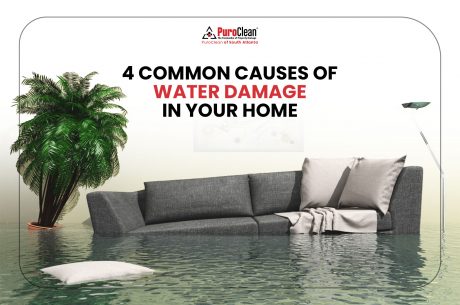Water damage is a common issue that can wreak havoc on homes and buildings. It’s a problem that can arise from various sources, such as natural disasters, plumbing failures, or appliance malfunctions.
Understanding the different types of water damage is crucial. It helps determine the right course of action for effective treatment and prevention.
There are three main categories of water damage: clean water, gray water, and black water. Each category has its own level of severity and requires a specific approach for restoration and repair.
Immediate action is necessary to mitigate water damage. This helps prevent further harm, such as mold growth, structural issues, and compromised electrical systems.
Water restoration companies specialize in assessing and repairing water damage. They follow a process that typically includes water removal, drying, dehumidification, cleaning, and sanitizing.
This article aims to provide comprehensive information on the various types of water damage. It will guide you in identifying them and the appropriate steps to take for each type.
Categories of Water Damage: An Overview
Water damage can be grouped into three main categories. Understanding these categories is crucial for proper treatment and restoration. Each category demands specific handling strategies to ensure safety and efficacy.
The first category is clean water damage. This originates from sanitary water sources. It’s the least harmful but can still cause damage if not addressed promptly.
Next, we have gray water damage. This category involves water with some level of contamination. It typically comes from appliances and plumbing systems.
Finally, black water damage is the most severe. It involves highly contaminated water. This category poses serious health risks due to pathogens and toxins.
Here’s a quick list for reference:
- Category 1: Clean Water
- Category 2: Gray Water
- Category 3: Black Water
Each type requires different safety precautions. Using the appropriate restoration techniques can prevent further complications. Water restoration companies specialize in handling all three categories effectively.
Moreover, knowing these categories can help with insurance claims. Many policies distinguish between these types of water damage for coverage. Always verify details with your provider to avoid surprises.
Rapid identification and response to the correct category save time and money. Delay can lead to mold growth and structural issues. Thus, acting quickly is a critical aspect of water damage management.
Category 1: Clean Water Damage

Clean water damage comes from non-contaminated sources. These typically include broken water supply lines or rainwater. It is less harmful but can still lead to bigger issues if ignored.
Despite being less hazardous, immediate action is essential. Quick removal reduces the risk of mold and property damage. Clean water damage is easier to remediate compared to other types.
Professional assessment helps confirm it’s truly clean water. Early intervention in clean water damage situations ensures minimal inconvenience. It provides a safer environment for repairs and restoration efforts.
Category 2: Gray Water Damage
Gray water damage involves some level of contamination. It can include water from washing machines, dishwashers, or bathtubs. The presence of contaminants makes it more challenging to handle.
Addressing gray water damage requires specific safety measures. Direct contact should be avoided to reduce health risks. Proper gear and equipment are recommended during cleanup.
Timely intervention is necessary to prevent escalation. If left untreated, gray water can turn into black water. Swift action is crucial for mitigating further damage and health concerns.
Category 3: Black Water Damage
Black water damage is the most dangerous form of water damage. It often results from sewage backups or severe flooding. This type involves harmful microorganisms and toxins.
Immediate professional assistance is vital for black water situations. Specialized equipment is necessary for safe removal and cleanup. Personal protective equipment is essential to prevent health risks.
Restoring from black water damage involves thorough sanitation. All affected areas need complete cleaning and disinfection. Ensuring a safe environment is a top priority before any reconstruction.
Initial Assessment and Mitigation
The initial assessment is crucial for understanding the damage scope. A thorough inspection reveals water source and severity level. This guides the mitigation strategy used to address immediate threats.
Mitigation focuses on halting further damage. It includes securing the affected area and stopping the water source. Shutting off water valves or diverting flow aids in preventing continued exposure.
Safety must be a top priority during the assessment. Personal protective equipment (PPE) should be worn if contamination is possible. Accurate documentation is vital for insurance claims and future reference.
The Restoration Process
The water damage restoration phase involves detailed recovery steps. It starts with water extraction to remove standing water. The next step is drying and dehumidification to reduce lingering moisture.
Professionals employ air movers and dehumidifiers for effective drying. This prevents mold growth and structural degradation. Following drying, cleaning, and sanitizing ensure safe living conditions.
Repairs follow once areas are cleared and cleaned. Structural repairs and material replacements are common. The restoration process aims to restore the property to its pre-damage state efficiently.
Choosing the Right Water Restoration Company

Selecting a reputable water restoration company is crucial. The right choice ensures quality and efficient service. Consider these factors to guide your decision.
First, check the company’s credentials and certifications. Trusted companies hold industry-standard certifications. This is a sign of professionalism and skill in handling water damage types.
Experience in the field is also vital. An established company with a proven track record demonstrates reliability. Experienced professionals can handle various categories of water damage effectively.
Customer reviews and references offer insights into a company’s reputation. Positive feedback from past clients is reassuring. Confirm their satisfaction with the services provided and the outcome.
Here’s a helpful checklist when choosing a company:
- Certifications: Ensure they have industry-standard accreditations.
- Experience: Look for a track record of handling similar cases.
- Reputation: Read reviews and seek recommendations.
- Response Time: Quick response is critical during emergencies.
- Comprehensive Services: Verify if they offer full restoration services.
Remember, investing time in selecting the right company pays off. Quality restoration not only tackles immediate issues but also prevents future problems. Trustworthy companies provide peace of mind in challenging situations.
The Value of Professional Assistance
Water damage can be overwhelming, but with PuroClean of South Atlanta by your side, you don’t have to face it alone. Our expert team has the knowledge, tools, and experience to restore your property to its pre-damage condition. We assess the situation thoroughly, ensuring that no detail is overlooked.
Our professionals adhere to the highest safety standards and work quickly to mitigate health risks associated with water damage. With our help, you’ll have peace of mind knowing the job is done right.
Don’t let water damage lead to long-term issues. Contact PuroClean of South Atlanta today for expert water damage restoration services. Let us address the hidden damage and provide sustainable solutions to protect your property and your health.



 PuroClean of South Atlanta
PuroClean of South Atlanta